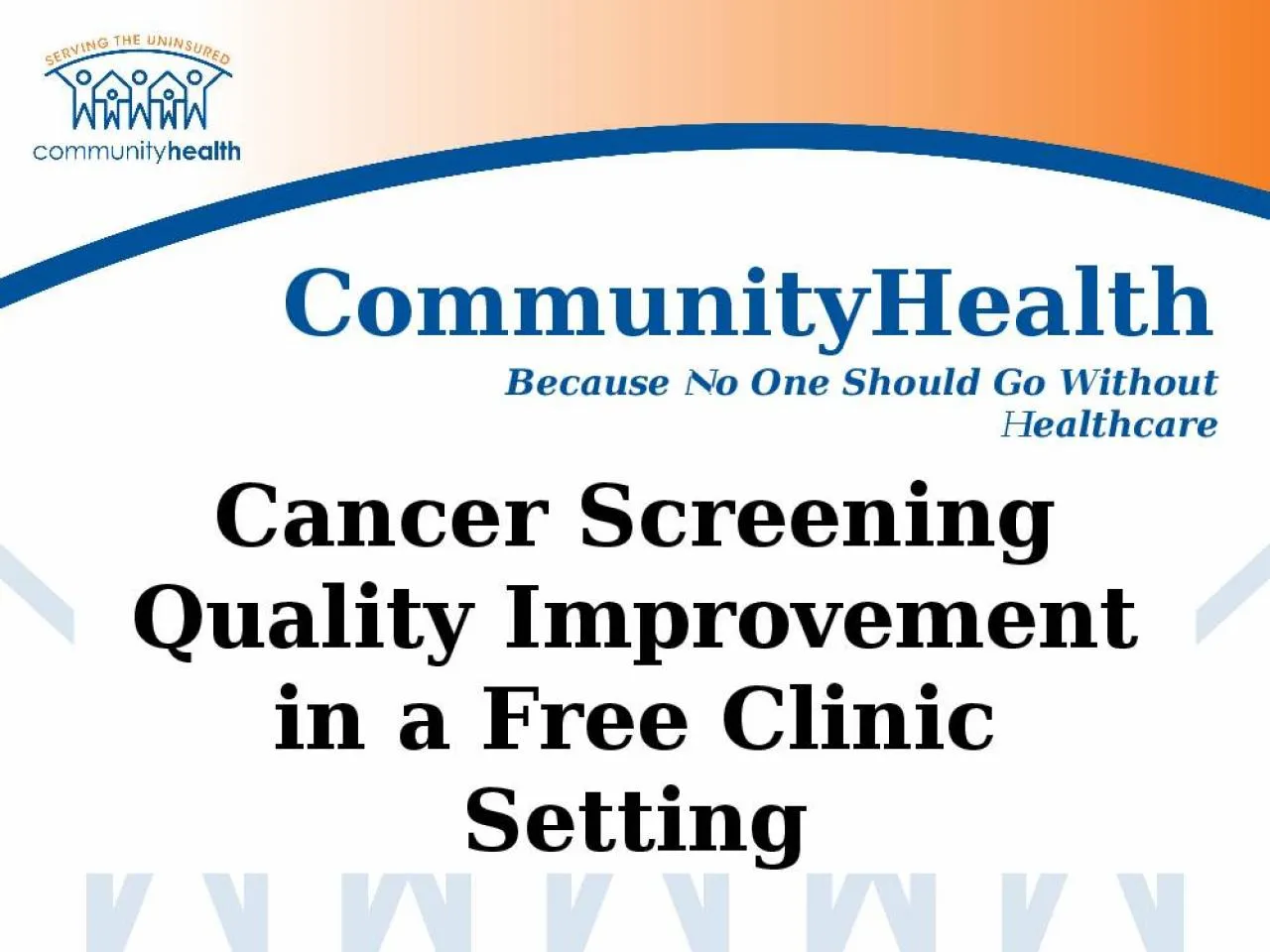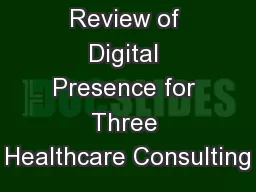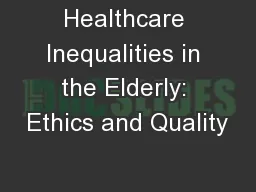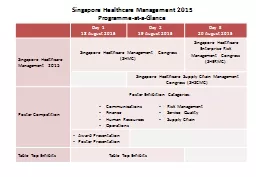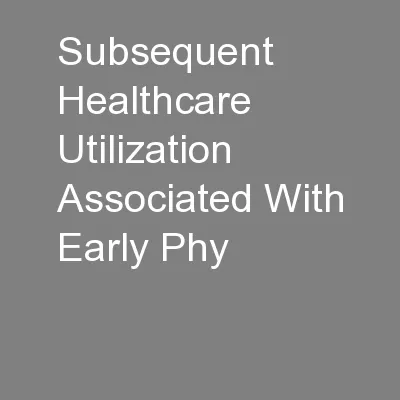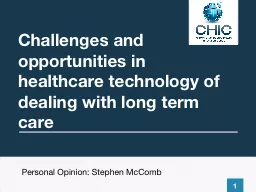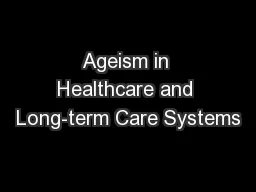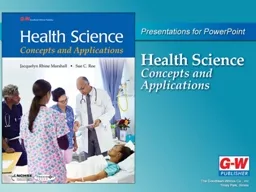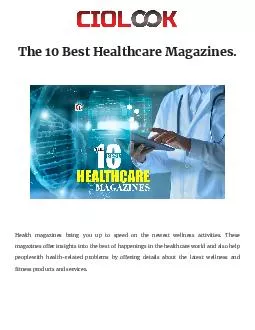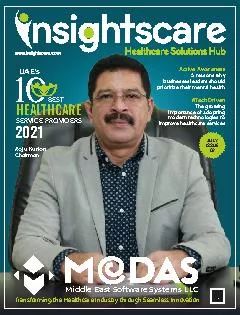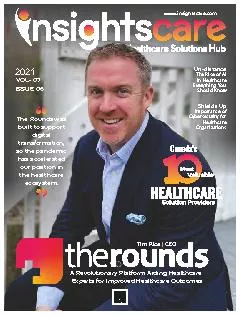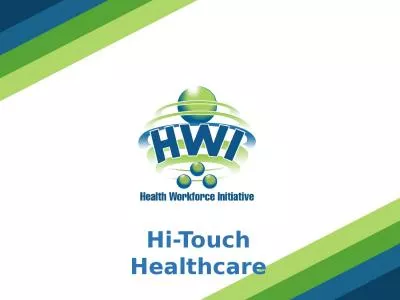PPT-CommunityHealth Because No One Should Go Without Healthcare
Author : elise | Published Date : 2022-02-12
Cancer Screening Quality Improvement in a Free Clinic Setting Mission Serving those without essential health care Vision Delivering healthier communities About
Presentation Embed Code
Download Presentation
Download Presentation The PPT/PDF document "CommunityHealth Because No One Should Go..." is the property of its rightful owner. Permission is granted to download and print the materials on this website for personal, non-commercial use only, and to display it on your personal computer provided you do not modify the materials and that you retain all copyright notices contained in the materials. By downloading content from our website, you accept the terms of this agreement.
CommunityHealth Because No One Should Go Without Healthcare: Transcript
Download Rules Of Document
"CommunityHealth Because No One Should Go Without Healthcare"The content belongs to its owner. You may download and print it for personal use, without modification, and keep all copyright notices. By downloading, you agree to these terms.
Related Documents

